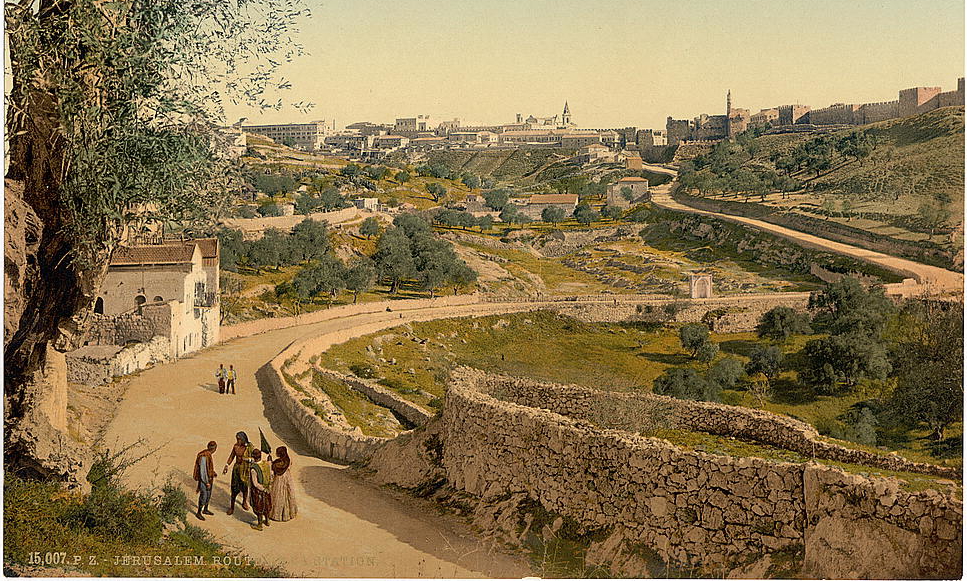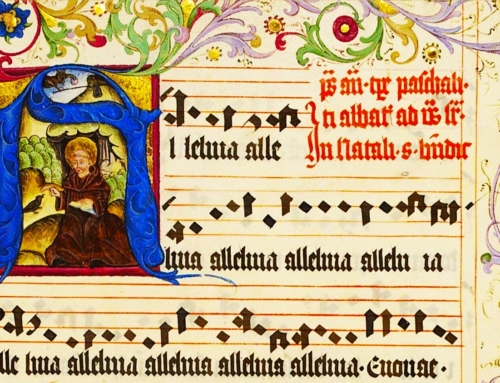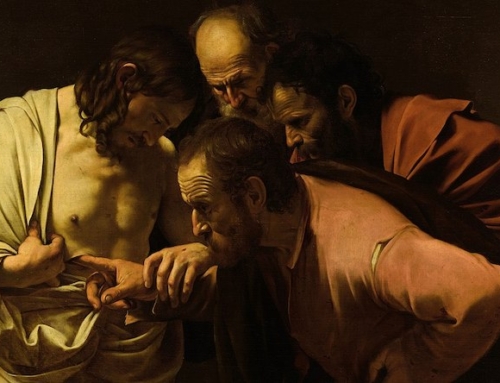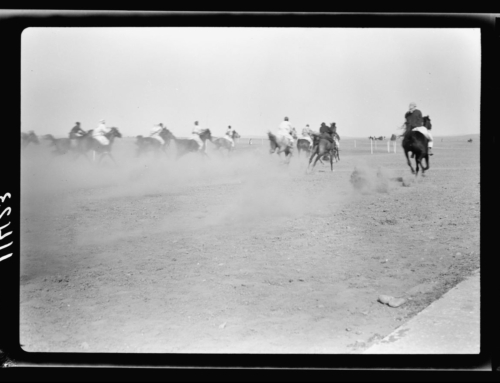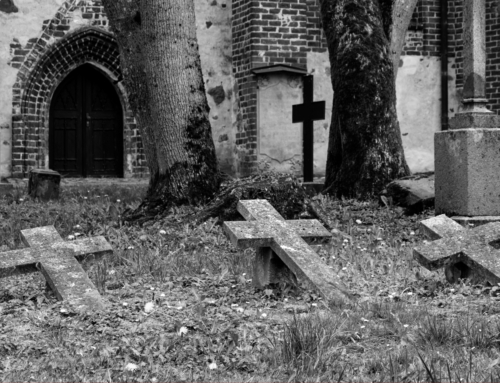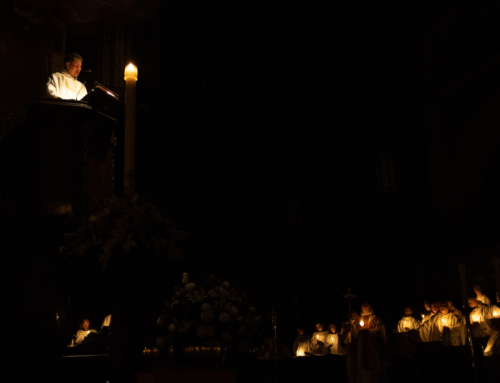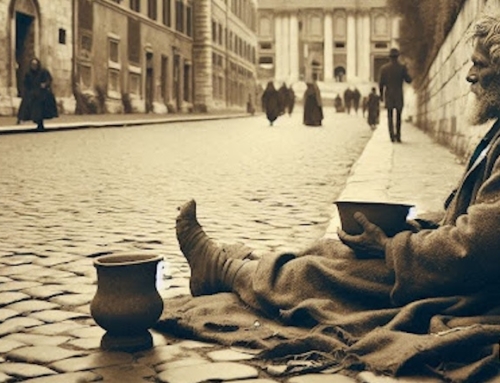An old tradition still permits priests to wear rose-colored (not pink) vestments on two Sundays each year: Gaudete Sunday (Third Sunday of Advent) and Laetare Sunday (yesterday, the Fourth Sunday of Lent). Both are named for the first word of the entrance chant at Mass. Those of you who love your Latin may immediately link the two by their common titles—both are the command “rejoice.” The history of how rose-colored vestments arrived on the scene takes much more untangling than noting this similarity in language. This is the very short version:
Part I: Stational Churches
In the early centuries of the Church, a practice developed in Rome wherein the pope (or his legate) would celebrate a solemn Mass in one after another of the four major and the three minor basilicas. More churches were added to this list as the number of liturgical occasions increased, bringing the count of “stations” to over forty. On the day of a station, the faithful of Rome would gather and process to the church where Mass would be celebrated by the pope. In the pre-Vatican II Missal, a station was indicated for each Sunday, major feast days, and every weekday during Lent—a total of 89 stations! There has been a revival of these customs in recent decades, and the Church still attaches indulgences to those who participate in them.
Part II: Basilica of the Holy Cross in Jerusalem
The stational church for the Fourth Sunday of Lent is the Basilica of the Holy Cross in Jerusalem, whose story is fascinating. This church was built by St. Helena (mother of Constantine) after she brought relics of our Lord’s Passion and dirt from Golgotha back from her expedition to Jerusalem. The soil was spread over the site and the basilica built on top of it—the “in Jerusalem” of the basilica’s name refers to this soil on which it was built, a part of Jerusalem. Because of this soil and the relics inside the basilica, this church became a substitute pilgrimage site when Christians could not travel to the Holy Land itself.
Part III: The Golden Rose
With its own history far too long to adequately examine here, another custom developed in Rome: the papal blessing of the golden rose. Related to a popular festival in which flowers were worn to mark the “victory” of spring over winter, this rose found Christological symbolism: the thorns and the red tint given to the golden petals signified the passion of Christ; the fragrance of the rose symbolized his burial. The pope would bless this sacramental and bestow it on some deserving person or place. Before you think we’re off track: this blessing was given on the Fourth Sunday of Lent. Why? As a sacramental related to our Lord’s Passion, where better to bless it than where relics of the Passion were kept—and where the Pope celebrated Mass every year on the Fourth Sunday of Lent?
Part IV: Rose Vestments
Italians, especially Roman Italians, loved (and still love) festivals and parades. This celebration of the golden rose with the Fourth Sunday of Lent was extremely popular, so much so, in fact, that they called the day the “Sunday of the Rose.” Add the lack of fixed or standardized vestment colors, even for Lent, and the festive Roman mind of the sixteenth century needed little excuse to adopt rose vestments for the Sunday of the Rose. When the Church extended Roman liturgical customs to the whole Latin Church, Catholics everywhere could see these rose vestments two Sundays a year.
While it is fair to say that “rejoicing” is an official meaning of the custom of rose-colored vestments nowadays, the traditional roots of the rose tried to turn our focus more deeply on Jerusalem and Christ’s Passion there. Let us not forget to make pilgrimage with Jesus to Jerusalem.
I rejoiced when they said to me,
“Let us go to the house of the Lord.”
And now our feet are standing
Within your gates, O Jerusalem. (Ps. 122:1-2)
✠

